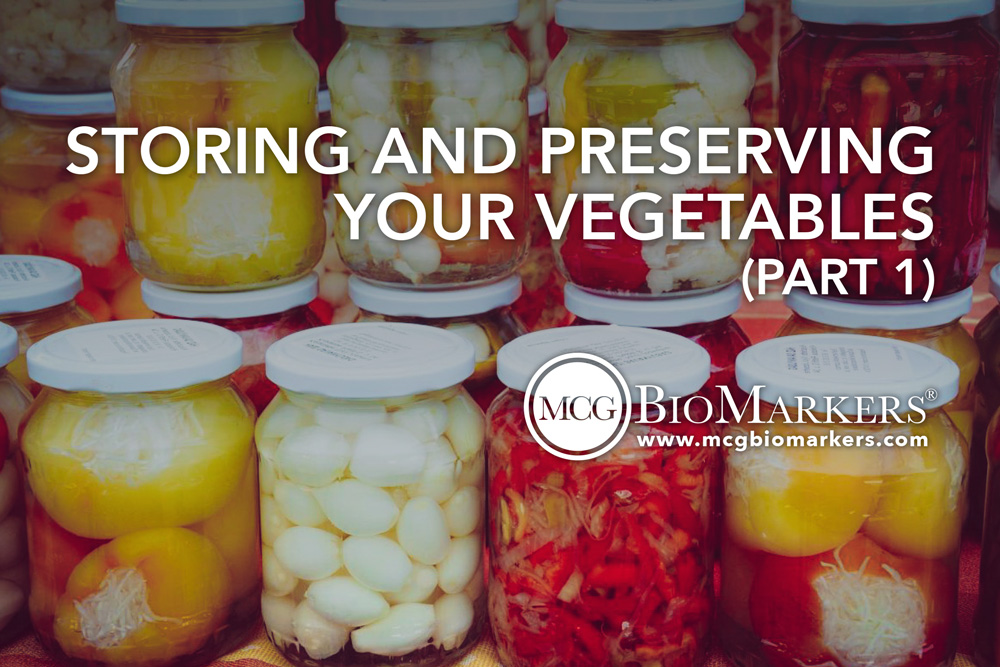 As a gardener, you must dedicate resources, time and effort to your garden for your crops to thrive as you would wish. Hence, the need to invest in good and reliable storage and preserving methods so that you enjoy the fruits of your labor longer. Most home gardeners prefer to grow vegetables for obvious reasons such as; vegetables are used daily, there are many types of vegetables that one can grow and consume, organic vegetables are quite expensive in the store.
As a gardener, you must dedicate resources, time and effort to your garden for your crops to thrive as you would wish. Hence, the need to invest in good and reliable storage and preserving methods so that you enjoy the fruits of your labor longer. Most home gardeners prefer to grow vegetables for obvious reasons such as; vegetables are used daily, there are many types of vegetables that one can grow and consume, organic vegetables are quite expensive in the store.
Storing your vegetables
Storing vegetables is a great way of managing your surplus harvests for consumption when there is little or no growth. Unknown to many gardeners, there are numerous ways of storing vegetables such as; freezing, drying and preserving. Some vegetables and fruits can be stored right for many months without going bad if the right storage conditions are used.
The key to storing vegetable and fruits successfully is choosing the crops with no blemishes or diseases. It is also advisable to check them regularly and get rid of vegetables that may be going bad to avoid spoiling of other good crops. A single rotten potato can ruin a whole sack of potatoes. Fruits and vegetables should be in stored in moist areas; dry and well-ventilated places are ideal to prevent rotting. To ensure zero contact with water or moisture, invest in big or shallow cardboard or wooden boxes.
How to store different fruits and vegetables
Pears and apples: they are hardy so, they can be stored for a long time. Wrap them in newspapers and place them in a cardboard or wooden container to prevent moisture contact. But they should be placed in single layers per container.
Root vegetables: these include; potatoes, carrots and beet roots. Unlike pears and apples, beet roots and carrots should not be wrapped. Cut off their tops and place in a single layer in a wooden container without wrapping. However, it is advisable to cover them with a layer of sand to prevent them from being rubbery. Potatoes, on the other hand, are quite sensitive and must be scrutinized thoroughly before storing. They are stored in paper or hessian sacks. Potatoes should be harvested on a dry day and left under the sun to dry completely. Once dry, remove excess dirt to prevent molding especially if the mud has some moisture residues. They should also be stored in a dark area to prevent the development of green forming patches that may be poisonous.
Leafy crops: unfortunately, leafy crops like spinach and lettuce do not store well and should be consumed within days after harvest. So, it is advisable to sow them regularly to ensure that you always have green leafy vegetables to harvest and consume.
Garlic, onions, and shallots: they should be thoroughly dried under the sun and plaited before storing them in a dry well-ventilated place. They can also be stored by cutting the tops and hanging bulbs in nettings or old tights.
Legumes: they include beans and peas; they are ideal for making stews. Dry them completely under the sun or keep them frozen for later use.


